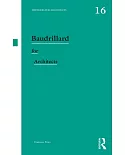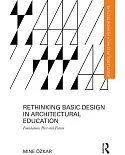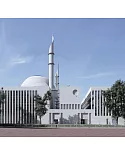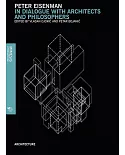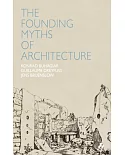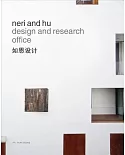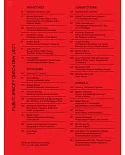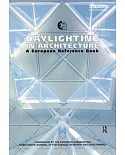At the heart of the University of Notre Dame’s campus sits the Main Building with its trademark golden dome. Flanking it on the west is the equally distinctive Sacred Heart Basilica, and on
the east is the building known today as Washington Hall. Washington Hall at Notre Dameis the first history of this building—the university’s first performing arts center—and
illuminates the ways in which Washington Hall has served as the prime venue of secular communal assembly for the university and surrounding communities since 1864.
In addition to detailing the history of Washington Hall, Mark Pilkinton, a theatre historian, emphasizes the art form of theatre and its development at Notre Dame, but also discusses the
contributions of music, debate, and lectures, as well as the introduction of the “new media” of film, radio, and television. Among many other fascinating stories, the author recounts the
early commencements and “exhibitions” that included students’ orations in Latin and Greek, chronicles the history of the ghost of Washington Hall, and describes the contributions Knute
Rockne made to the performing arts at the university, both as a student actor and as a faculty member.
Lavishly illustrated with 50 halftones and 5 line drawings, Washington Hall at Notre Dameoffers a fascinating history of Notre Dame through the prism of its first performing
arts center and adds to our understanding of American Catholic higher education and American history in general.
“This is much more than a history of a building. Mark Pilkinton’s superbly scholarly study shows how, at Notre Dame but with resonances for every campus across America, the place of the
performing arts in the culture of the university has changed across more than 150 years. What happens when the community of this university assembles for something other than a mass or a
football game is a crucial definer of how it thinks of itself, and, whether for its first film-screenings or its umpteenth Shakespeare production, the transforming nature of Notre Dame is
revealed by its encounters with the events that have taken place in Washington Hall. Pilkinton is a wonderfully sensitive and thoughtful guide to the significance of the vast array of
offerings in the building that stands, with the Golden Dome and the Basilica, at the heart of the university.” —Peter Holland, McMeel Family Professor of Shakespeare Studies, University
of Notre Dame
“Pilkinton has written a meticulously researched, detailed history of not just a building, but also of the artistic, educational, and social events that took place within its walls. In the
process he traces a compelling narrative of institutional and cultural change both on and off the Notre Dame campus from 1864 to the present day.” —Wendy Arons, Carnegie Mellon
University School of Drama


